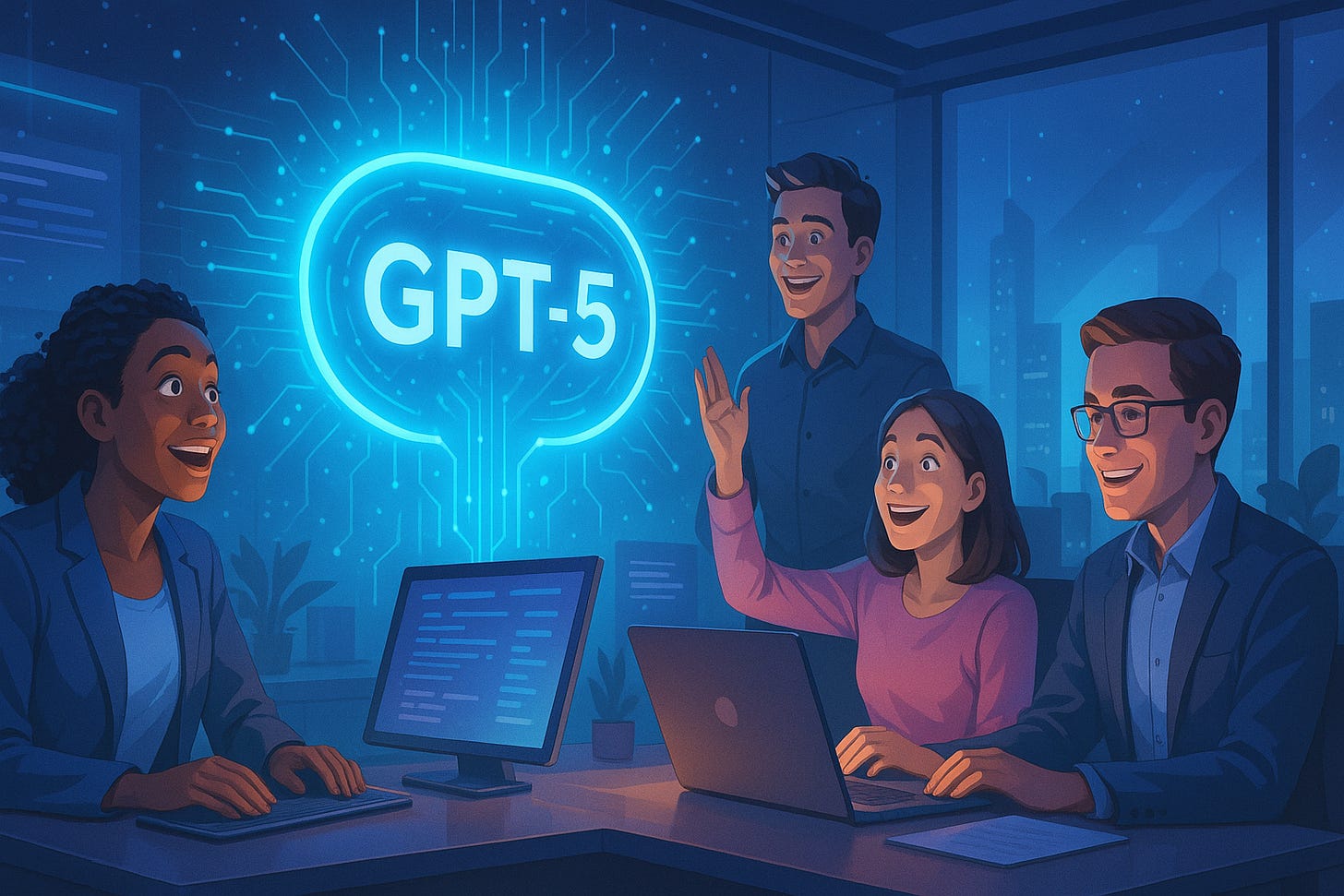How to Master AI Prompts with the STAR Framework
With the advent of GPT-5, prompting using the right context and instructions has never been more important. I explain how I've adapted the well know STAR Framework for use with AI - includes prompts.
There’s been a lot written over the past year about “perfect prompts” - the idea that if you just string together the right magic words, ChatGPT will rain down the perfect answer.
I’ve never really bought into that. My best results have come from having an actual conversation with the AI - going back and forth, refining as I go. That hasn’t changed.
But here’s what has changed: GPT-5.
It’s only been out a few days, but already it’s clear that the way you prompt now matters more than it did before. Not because it’s “pickier” - quite the opposite - but because it’s smarter, more connected, and more context aware.
For the first time, ChatGPT can remember discussions you had weeks ago - before you needed to set up a “project”. This means it now comes into each conversation with a rounded picture of you: what you’ve been working on, the tone you like, the kinds of examples you’ve used before.
That’s brilliant… until it’s not.
This week I was brainstorming newsletter ideas, and GPT-5 started pulling in threads from a conversation we’d had about moving house. Interesting? Yes. Relevant? Not remotely.
That’s the trade-off. With GPT-5’s expanded memory and longer attention span, you have to be sharper and clearer when you start a conversation - or it will happily blend the wrong ingredients into your recipe.
So here’s the framework I’ve been using to keep things on track - one that’s about to become much more important for anyone using AI seriously.
The STAR Framework — for AI, not just job interviews
You might know STAR from interview prep: Situation, Task, Action, Results.
It works brilliantly in prompting too - not necessarily as a single, giant block of text, but as a conversational guide to make sure you’ve fed the AI everything it needs early on.
Why bother? Because vague prompts get you vague answers. And now, with GPT-5’s new “long memory,” unclear starting points will just lead it down the wrong rabbit hole for longer.
Here’s how STAR works when you’re talking to AI:
Situation – give it the background so it knows where you’re starting from.
Task – define the specific thing you want to work on together.
Action – tell it how you want it to behave and think.
Results – spell out the exact type of output you want.
Done right, this changes the whole tone of your interaction. The AI stops being a generic content-spitter and starts feeling like a partner who “gets it” from the start.
If you’re a free subscriber, this is where we part ways for today. Paid readers get the full breakdown: how to actually structure each STAR element, examples you can copy-paste, and the tweaks that make GPT-5 push your thinking instead of parroting it.
The STAR Framework in Action - How to Prompt GPT-5 Like a Pro
This is where STAR really earns its keep. Let’s break it down step-by-step, with prompts you can literally copy, paste, and adapt for whatever you’re working on.
Keep reading with a 7-day free trial
Subscribe to Never Stop Learning to keep reading this post and get 7 days of free access to the full post archives.


